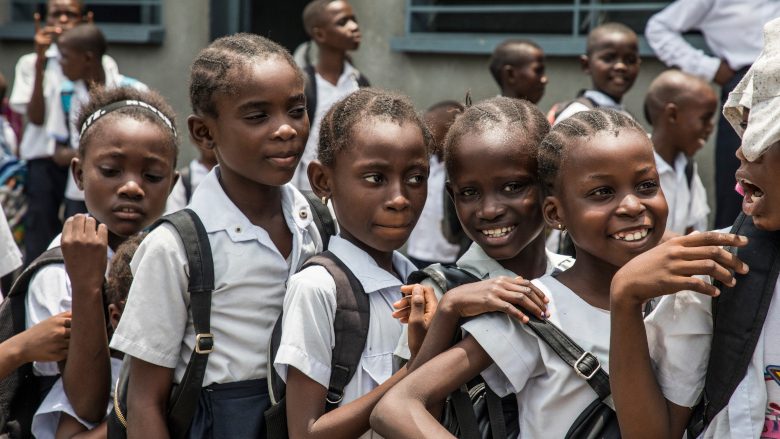Unlocking Economic Opportunities With Education in the Congo


Furthermore, inhospitable conditions are most acutely burdensome for women, who face gender discrimination, early marriage, poverty and food insecurity. Women with little or no educational attainment are even more vulnerable to experiencing these issues. Humanitarian organizations are investing in programs to make high-quality education more accessible throughout the Congo. These efforts are instrumental in the fight against gender inequality and extreme poverty.
Education in the Congo
For underprivileged Congolese children, tending to crop fields is more routine than sitting in classrooms reading and writing. Beginning in the ’80s, parents had to pay tuition fees to send their kids to school. Then, in 2019, a new policy waived the cost of attendance, enabling more than three million children to enroll. While higher rates of young people attending school is an encouraging sign of progress, the education system in the DRC needs to be equipped to accommodate the influx; classrooms are overcrowded and instructors are overwhelmed.
Education Cannot Wait
Education Cannot Wait (EWC), the global fund for education in less-resourced areas, has stepped in to aid the DRC. The nonprofit is addressing teacher shortages, supplying psychosocial support services and training for educators and instituting nutrition programs at school. As of August 2023, EWC has built or rehabilitated 343 classrooms and trained 2,425 teachers. The inclusivity and protection component of its mission has facilitated the distribution of more than 3,000 female hygiene kits to girls and supports the monitoring of school performance.
Other Initiatives Supporting Education in the Congo
Another organization dedicated to increasing the universal availability of education in the Congo is the United States Agency for International Development (USAID), which has allocated $7.7 million toward improving classroom instruction. USAID works closely with faith groups, private institutions and international partners to provide greater academic resources for at-risk communities with low literacy rates and poor math scores. Its initiatives aim to equip schools with sufficient supplies like textbooks and higher-quality lessons in social and emotional skills, numeracy, soft and vocational skills and literacy.
The United Nations Educational, Scientific and Cultural Organization (UNESCO), partnered with the French Development Agency (AFD), is also conducting a four-year teacher training project in the Congo. One of the guiding motivations behind the program is to boost the presence of women in the educational profession, which may make school environments more welcoming for girls.
Final Remark
Certainly, investing in the education and empowerment of young Congolese will yield significant benefits for the DRC. It will advance the country’s efforts to eliminate extreme poverty and build a more prosperous future for its citizens. Enhancing the availability and quality of educational resources is the crucial first step toward these overarching objectives.
– Natalie Kaufman
Natalie is based in Orlando, FL, USA and focuses on Good News for The Borgen Project.
Photo: Wikipedia Commons
